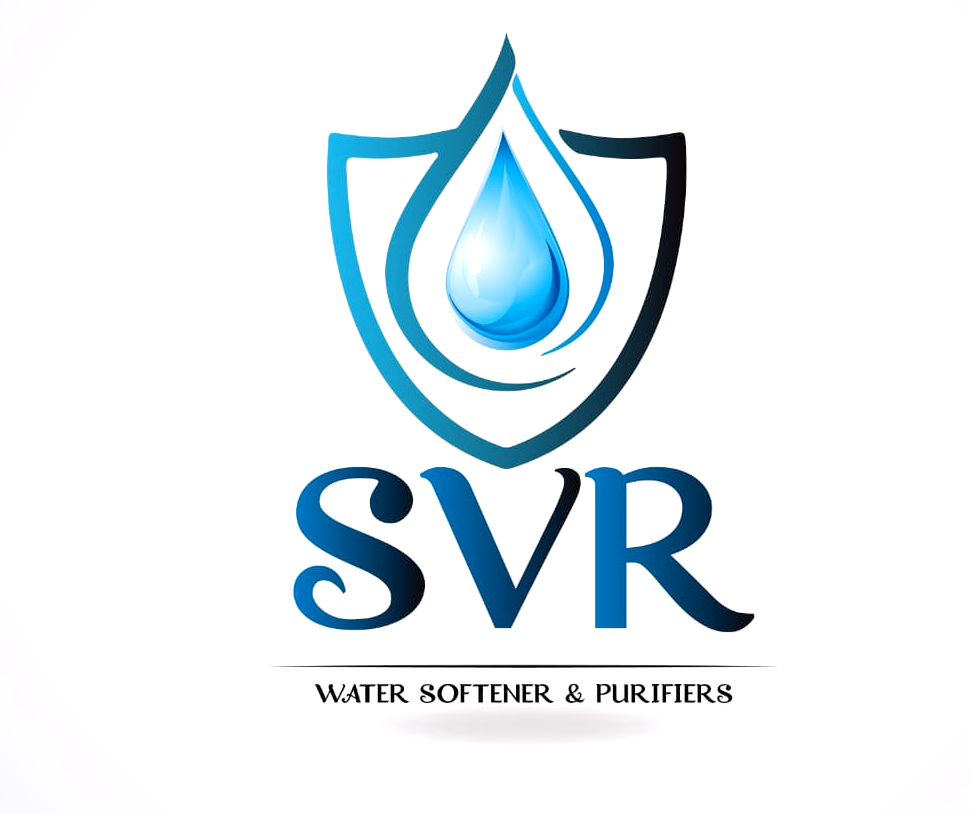3 Reasons Why Water Equals Life.
Water is essential to life—we learn this early in our elementary school years. This information is often accompanied by the fact that over 50% of our bodies are made up of water. However, the lesson does not always go on to explain what it is about water that makes it so essential. That got me thinking—why IS water essential to life as we know it?
As I often find, the answer to this question would fill many articles. This article will focus on three properties of water that make it critical to life and that can be demonstrated with simple classroom experiments.
Water Is “Friendly”
The composition of a water molecule is one of the first chemical compounds we learn—H2O—two hydrogen atoms and one oxygen atom. The atoms connect in a slightly offset or triangular structure, which creates a positive charge on one side of the molecule and a negative charge on the other.
This unique structure allows a water molecule to “shake hands” with many other molecules, earning it the moniker “the universal solvent.” This ability is at the heart of many of the functions water performs for living organisms:
- water delivers dissolved nutrients to cells
- water ferries dissolved waste away from cells
- water along with dissolved electrolytes allows electrical signals to travel along the nervous system (see link below for experiment that demonstrates salt water’s capacity to carry an electrical charge)
Activity Idea—Water Is “Friendly”
You will need:
- Several clear containers that will hold equal amounts of water.
- Several substances that may or may not dissolve in water (salt, sugar, bread, flour, baking soda, dish detergent, dirt, etc.)
Instructions:
- If needed, have students move so they can all see the experiment.
- Fill each container with an equal amount of water.
- Start with sugar. Ask students if they think sugar will dissolve in water.
- Measure out a predetermined amount of sugar and pour it into the container.
- Stir until dissolved.
- Ask students to share what they observed.
- Record these observations on the whiteboard. Have students also record their own observations, as they are able.
- Repeat steps with each of the substances, discussing the expected results before and their observations after each step.
Water Is “Sticky”
Water molecules like to stick to other water molecules (cohesion). They also like to stick to other substances (adhesion). This allows water to reach the tippy-top of the world’s tallest tree (379.3 feet) and also allows water to flow through your blood vessels.
There are many classroom experiments that demonstrate cohesion and adhesion of water. The classic colored water and celery activity is a demonstration of this principle. Filling water until the top of the water peeks over the rim of a cup is another demonstration of “sticky” water. Even cleaning up a spill with paper towels is an occasion to talk about cohesion and adhesion.
When the well’s dry, we know the worth of water.-Anonymous






Leave a comment
Your email address will not be published. Required fields are marked *